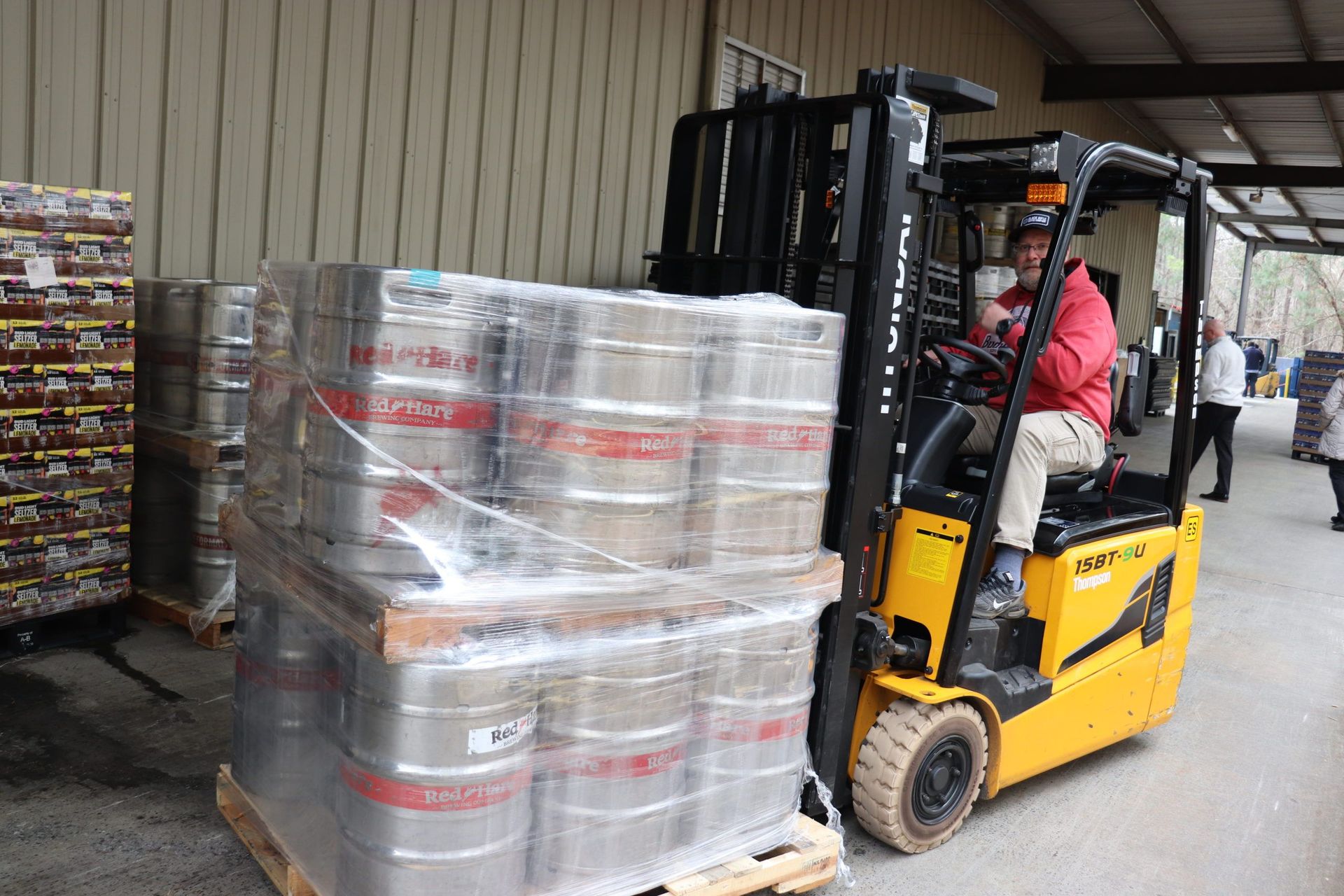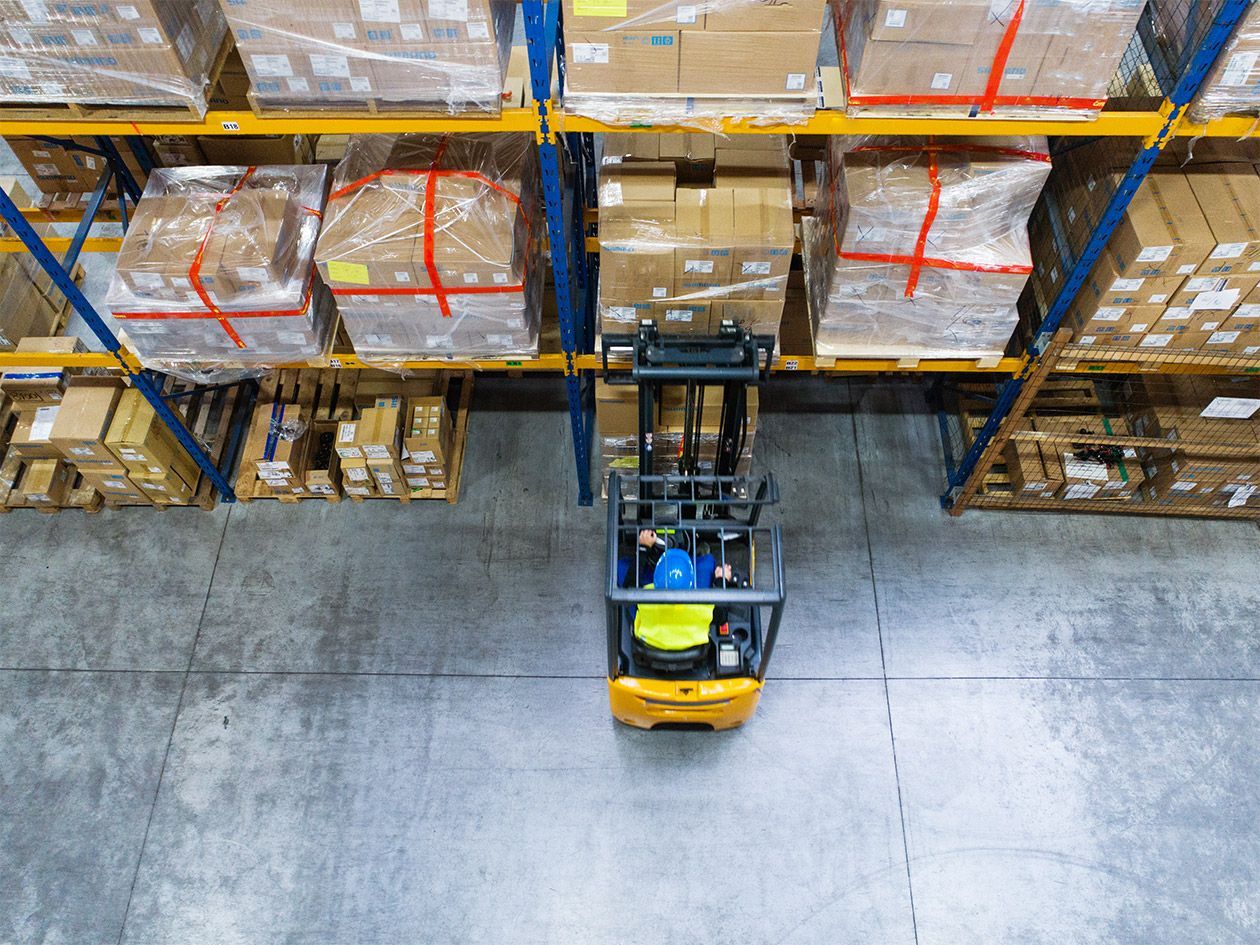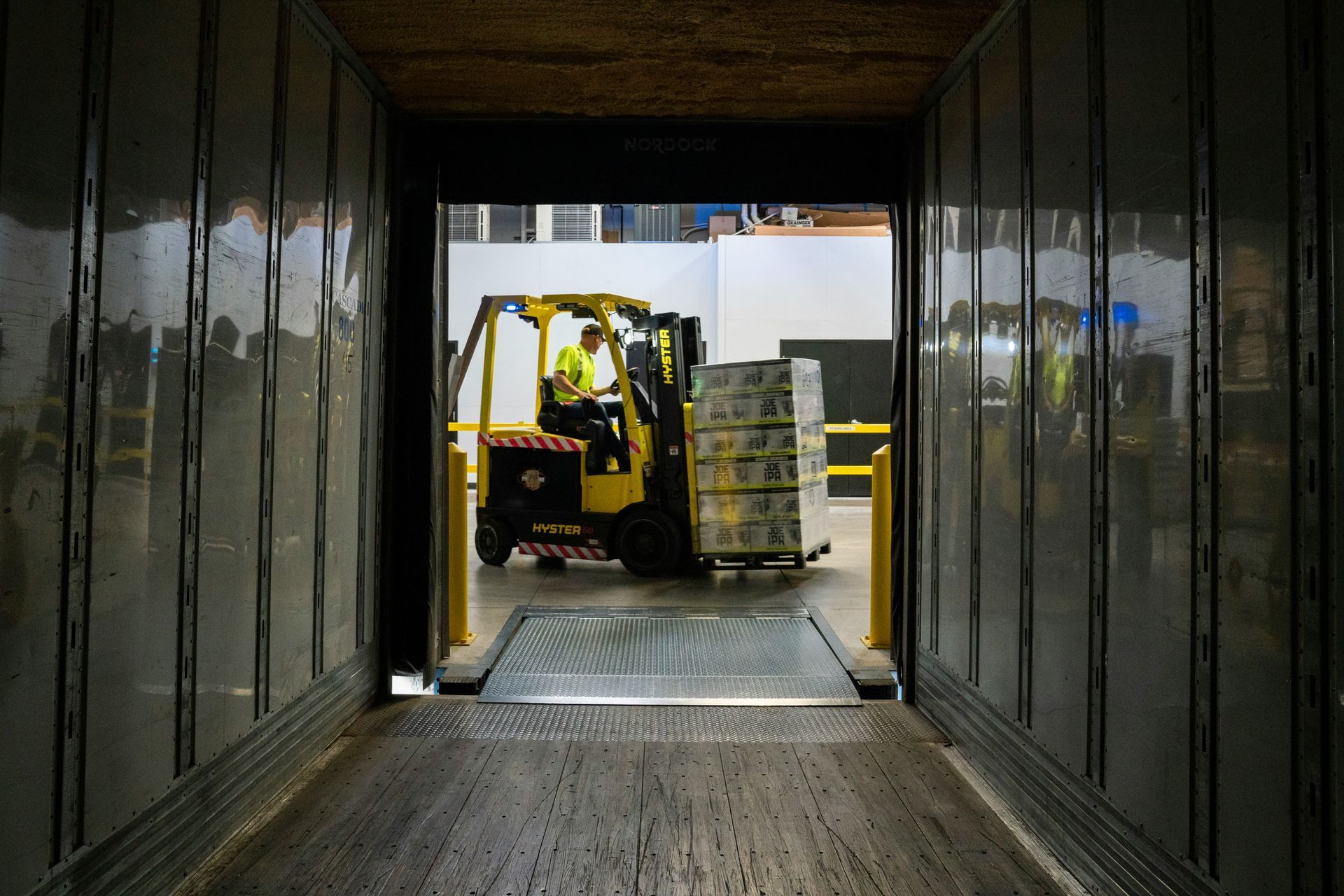How to Train Your Team on New Equipment Safely and Efficiently
Introducing new forklifts or warehouse equipment into your operations can be a major upgrade—but only if your team knows how to use them safely and efficiently.
Even the best, most advanced equipment is only as effective as the people operating it.
Whether you're rolling out a single forklift or outfitting an entire facility with upgraded systems, a structured and well-planned training process ensures that your investment pays off, without sacrificing safety or productivity.
Explore this step-by-step guide to training your team on new equipment, which will help promote confidence, reduce accidents, and keep your business running smoothly.
Start With the Manufacturer's Resources
Most industrial equipment manufacturers provide high-quality training materials as part of their dealer support.
- Operator's manuals
- Safety guides
- Instructional videos
- Technical support documents
Use these materials as the foundation of your training program. They provide accurate, brand-specific guidance and help ensure your training aligns with OSHA standards and the manufacturer's warranty and safety protocols.
Tip: If you're buying from an authorized dealer, ask for a walkthrough or demo from a certified technician. Many dealers also offer onsite training or digital resources tailored to your equipment.
Make Safety the Priority
Before your team touches the equipment, emphasize safety first. Each piece of warehouse equipment, from forklifts to pallet jacks to conveyors, comes with its own set of hazards, which is why your training should include several components.
- Proper PPE requirements
- Pre-use safety checks
- Emergency stop and shutdown procedures
- Load capacity awareness
- Safe operation in busy or narrow spaces
Make sure your team understands that safety is not negotiable. Reinforce that operating heavy equipment without proper training is both dangerous and non-compliant with
OSHA regulations.

Use Hands-On, Role-Specific Training
People learn best by doing. Once the basic safety and operational theory is covered, allow your team to operate the equipment under close supervision and in the proper setting
- Within a controlled environment
- With an experienced trainer or supervisor present
- Using real-world scenarios (e.g., stacking pallets, unloading trucks, navigating aisles)
Tailor the training to each employee's specific role. A shipping clerk may need different training than a warehouse supervisor or maintenance technician.
For forklifts, only train and certify operators who will be using them—others may only need awareness training.
Get Operators Certified (If Required)
For specific equipment, especially forklifts, OSHA requires that operators receive training and certification before they're allowed to operate machinery, which includes several components.
- Formal instruction (e.g., lectures, videos, written materials)
- Practical training (hands-on demonstration)
- Evaluation of performance
After passing, the operator receives documentation of their certification, which must be on file. Recertification is required every three years, or sooner if an accident or unsafe behavior occurs.
Don't Skip Refresher Training
Even experienced team members can become complacent over time. Refresher training helps your team in many ways.
- Reinforce best practices
- Address bad habits
- Introduce updates in safety standards or procedures
- Prepare for performance evaluations or OSHA inspections
Consider scheduling regular quarterly or bi-annual training check-ins, especially in environments where equipment is constantly used or employees rotate across different machines.
Encourage Questions and Feedback
Training shouldn't be one-way. Encourage employees to speak up if they have any questions, comments, or concerns.
- They feel unsure about a feature
- They are unclear about a safety procedure
- They encounter something unfamiliar on the job
Creating an open and supportive environment builds confidence and helps prevent mistakes. It also shows your team that their input matters and that you're committed to helping them succeed.

Document Everything
Documentation is critical—not just for compliance, but for operational continuity. Keep track of essential details.
- Who was trained
- What equipment did the training cover
- Dates of training and certification
- Any follow-ups, incidents, or performance issues
Having this documentation can help you avoid fines, reduce liability, and prove due diligence in the event of an accident or audit.
Partner With a Trusted Equipment Dealer
One of the most significant advantages of working with an authorized dealer is access to expert training and support. Dealers often provide:
- On-site setup and operator orientation
- Ongoing maintenance training
- Safety workshops and certification classes
- Technical assistance for both new and legacy equipment
If you're investing in premium warehouse equipment or forklifts, don't leave training to chance. Work with a dealer who stands behind the brands they sell and supports your team every step of the way.

Work With Benco Industrial Equipment
Bringing new equipment into your warehouse isn't just about speed or efficiency—it's about giving your team the tools to do their job safely and confidently.
A strong training program protects your people, extends the life of your equipment, and boosts productivity across your operation.
At Benco Industrial Equipment, we're here to help you find the exact solutions you need to keep your operation moving forward—whether that means forklifts, pallet jacks, order pickers, or a custom mix of equipment for your space and workload.
Contact us today to learn more!




